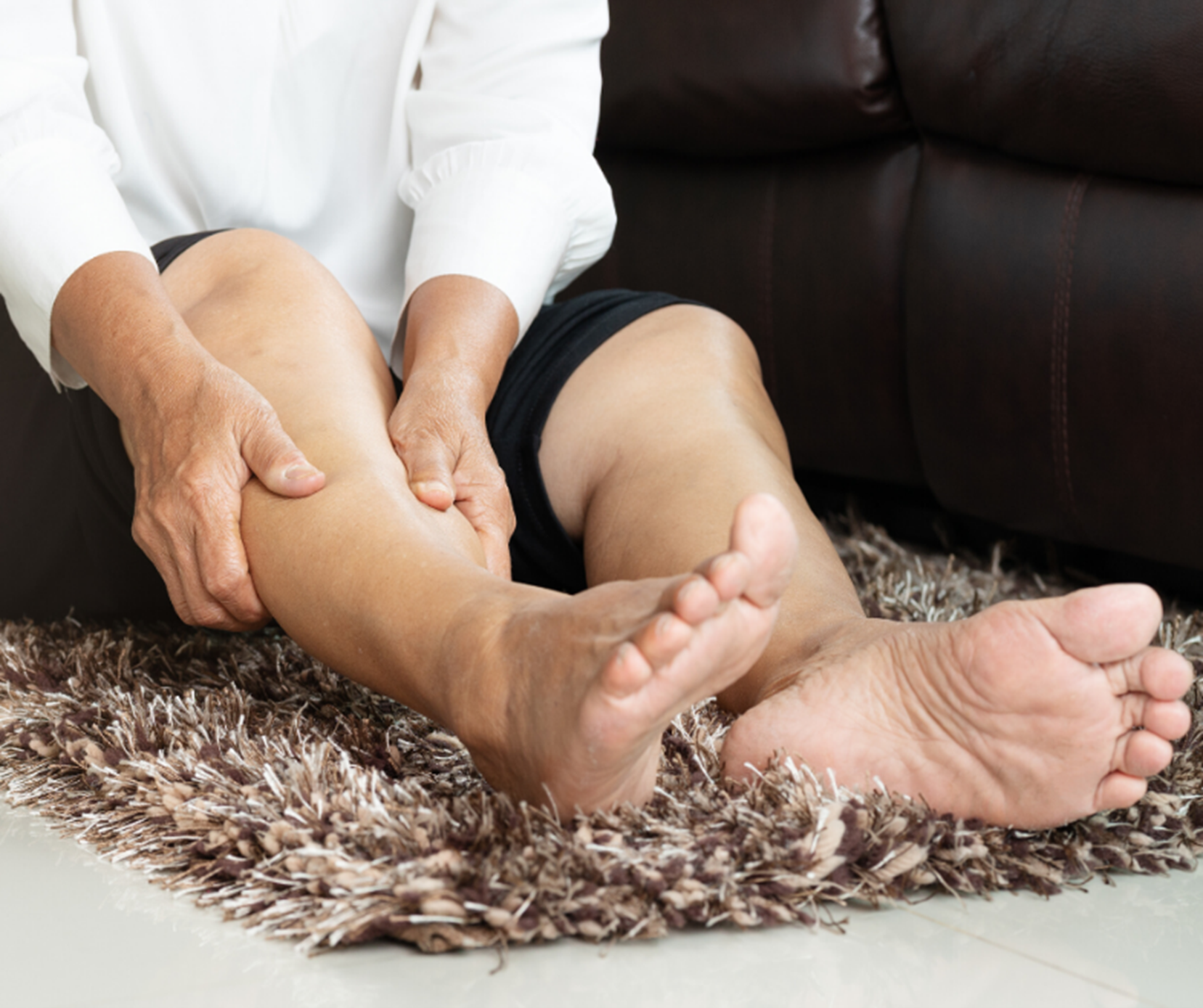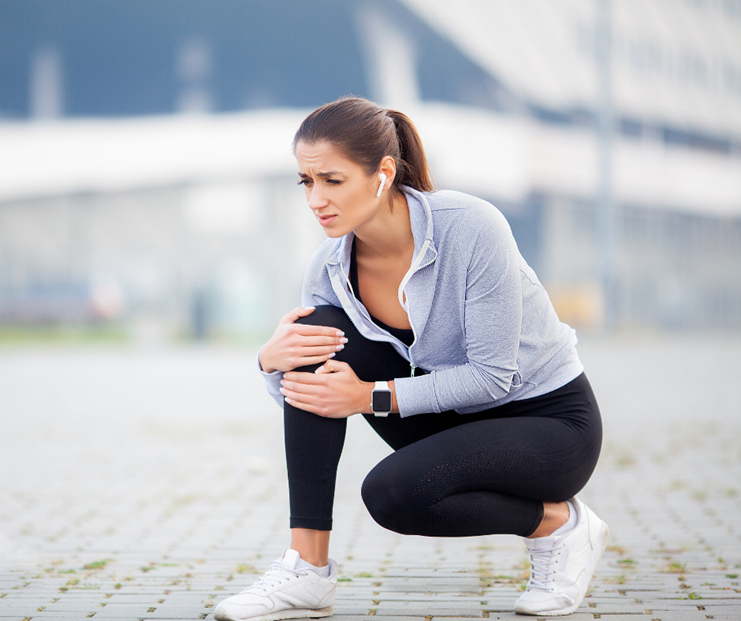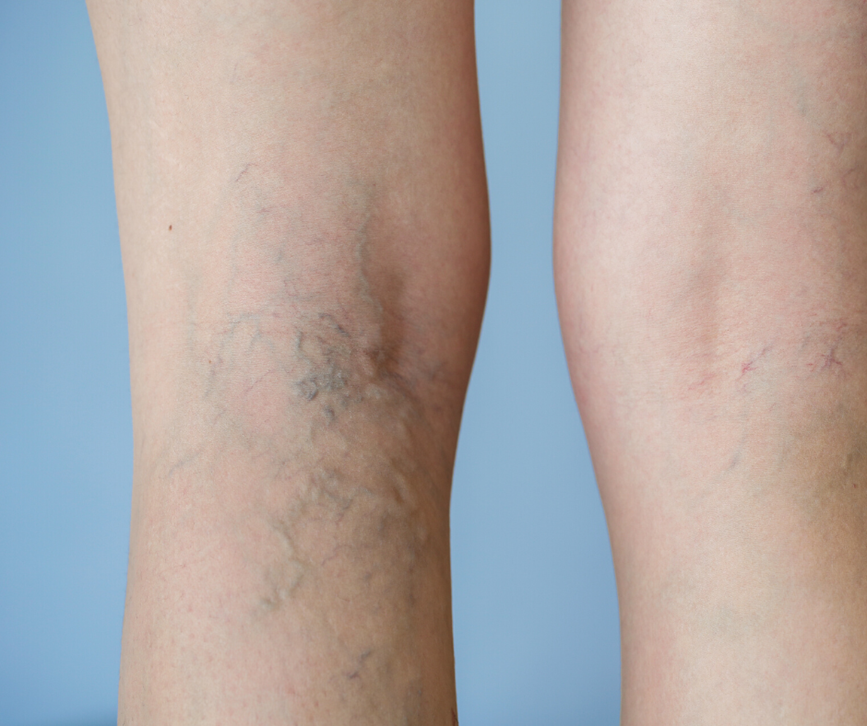
16 Mar Seeking Relief: Effective Stretching Techniques for Easing Leg Cramps and Preventing Recurrence
Leg cramps can be incredibly uncomfortable and disruptive, often striking at inconvenient times such as during sleep or physical activity. These sudden, involuntary contractions of the muscles can range from mild discomfort to intense pain, leaving individuals searching for immediate relief and long-term solutions to prevent recurrence. One of the most effective methods of managing leg cramps is regular stretching exercises. In this comprehensive guide, we will explore various stretching techniques that can ease leg cramps and minimize their frequency.
Understanding Leg Cramps
Before stretching techniques, it’s important to understand what causes leg cramps. Leg cramps, also known as muscle cramps or charley horses, occur when a muscle contracts involuntarily and does not relax. This contraction can be caused by various factors, including:
1. Dehydration:
Insufficient fluid intake can lead to electrolyte imbalances, affecting muscle function and increasing the likelihood of cramps.
2. Muscle Fatigue:
Overexertion or prolonged muscle use without adequate rest can result in
3. Mineral Deficiencies:
Low levels of potassium, magnesium, calcium, or sodium in the body can contribute to muscle cramps.
4. Poor Circulation:
Reduced blood flow to the muscles, often associated with conditions like peripheral artery disease, can trigger cramps.
5. Nerve Compression:
Pressure on nerves, such as in cases of spinal stenosis or nerve entrapment, can cause cramping sensations.
Benefits of Stretching for Leg Cramps
Stretching is a simple yet powerful way to alleviate leg cramps and prevent recurrence. When performed correctly and regularly, stretching offers the following benefits:
Relaxation of Muscles:
Stretching releases tension in muscles, promoting relaxation and reducing the likelihood of cramps.
Improved Flexibility:
Regular stretching improves muscle flexibility, allowing for better range of motion and reduced muscle strain.
Enhanced Circulation:
Stretching exercises encourage blood flow to muscles, aiding in nutrient delivery and waste removal.
Prevention of Muscle Imbalances:
Balanced stretching routines help prevent muscle imbalances that contribute to cramping.
Stress Reduction:
Stretching promotes calm and reduces stress, which indirectly alleviates muscle cramps triggered by tension.

Effective stretching techniques
Now let’s explore some effective stretching techniques specifically targeted at easing leg cramps and preventing their recurrence:
1. Calf Stretch
How to do it:
- Stand facing a wall with one foot forward and one foot back, keeping both heels flat on the floor.
- Lean forward, keeping your back leg straight and bending your front knee, until you feel a stretch in the back leg calf.
- Hold the stretch for 20–30 seconds, then switch legs and repeat.
Benefits:
This stretch targets the calf muscles, which are commonly affected by cramps, especially at night.
2. Quadriceps Stretch
How to do it:
- Stand upright and grab your ankle or foot with your hand, bringing your heel towards your buttock.
- Keep your knees close together and your thighs aligned.
- Hold the stretch for 20–30 seconds, then switch legs and repeat.
Benefits:
Stretching the quadriceps alleviates cramps in the front of the thigh and promotes balanced muscle function.
3. Hamstring Stretch
How to do it:
- Sit on the floor with one leg extended straight and the other leg bent so that the sole of your foot rests against the inner thigh of the extended leg.
- Lean forward from your hips, reaching towards your toes while keeping your back straight.
- Hold the stretch for 20–30 seconds, then switch legs and repeat.
Benefits:
Hamstring stretches improve flexibility in the back of the thigh, reducing cramp risk during activities like running or walking.
4. IT Band Stretch
How to do it:
- Stand with one foot crossed behind the other and extend the arm on the same side as the back foot overhead.
- Lean towards the opposite side, feeling a stretch along the outer thigh and hip.
- Hold the stretch for 20–30 seconds, then switch sides and repeat.
Benefits:
Stretching the IT band helps relieve tension in the outer thigh and hip areas, reducing the likelihood of cramps in these muscles.
5. Hip Flexor Stretch
How to do it:
- Kneel on one knee with the other foot flat on the floor in front of you, forming a 90-degree angle with your knee.
- Press your hips forward slightly while keeping your back straight, feeling a stretch in the front of the hip of the kneeling leg.
- Hold the stretch for 20–30 seconds, then switch legs and repeat.
Benefits:
Hip flexor stretches improve flexibility and reduce tightness in the hips, which can contribute to leg cramps during activities that involve hip movement.
6. Ankle Flexibility Exercises
How to do it:
- Sit on the floor with your legs extended straight.
- Point your toes as far as possible, then flex your feet back towards your shins.
- Repeat this motion, alternating between pointing and flexing your feet, for 1-2 minutes.
Benefits:
Improving ankle flexibility can prevent cramps in the calf muscles and enhance overall lower leg mobility.
7. Full-body stretching routine
In addition to specific stretches targeting the legs, incorporating a comprehensive full-body stretching routine can provide overall benefits, including relaxation, improved circulation, and reduced muscle tension throughout the body. A sample full-body stretching routine may include stretches for the neck, shoulders, back, hips, and legs, performed in a sequence that promotes flexibility and mobility.
Tips for effective stretching
To maximize the effectiveness of your stretching routine and minimize the risk of injury, consider the following tips:
- Warm-Up: Always start with a brief warm-up, such as light aerobic exercise or dynamic stretches, to prepare your muscles for stretching.
- Hold and Breathe: Hold each stretch for 20–30 seconds while breathing deeply and evenly to encourage relaxation.
- Avoid Bouncing: Avoid bouncing or jerking movements during stretches, as this can strain muscles and lead to injury.
- Gradual Progression: Gradually increase the intensity and duration of your stretches over time as your flexibility improves.
- Consistency: Aim to stretch regularly, ideally daily or at least several times per week, to maintain flexibility and prevent muscle tightness.
- Listen to your body: Pay attention to your body’s signals and avoid pushing yourself into painful or uncomfortable stretches.

Renew Vein Centers: Your Leg Health Partner
Renew Vein Centers knows how important leg health and well-being are. They promote healthy circulation and leg muscle function to treat venous insufficiency and related conditions. By providing expert care and personalized treatments, they alleviate leg discomfort.
A team of experienced professionals focuses on addressing venous insufficiency, varicose veins, and other circulatory disorders affecting the legs. As part of their comprehensive treatment program, they offer advanced procedures such as sclerotherapy, radiofrequency ablation, laser ablation, venaseal, clarivein, and varithena.
Stretching techniques combined with vein treatments can prevent leg cramps and other issues in the future. Start your journey towards pain-free, comfortable legs today with a consultation from Renew Vein Centers.
Frequently Asked Questions
What causes leg cramps?
Leg cramps can be caused by various factors, such as dehydration, electrolyte imbalances, muscle fatigue, poor circulation, and nerve issues.
Are leg cramps a sign of vein problems?
Leg cramps can sometimes be associated with vein problems like venous insufficiency, especially if they occur frequently or are accompanied by other symptoms like swelling or skin changes.
How can I prevent leg cramps?
To prevent leg cramps, ensure you stay hydrated, maintain a balanced diet with adequate electrolytes, stretch regularly, wear proper footwear, and practice good posture.
What are varicose veins, and how are they treated?
Varicose veins are enlarged, twisted veins that often appear on the legs. They can be treated through methods like sclerotherapy, radiofrequency ablation, laser ablation, venaseal, clarivein, and varithena.
Can leg cramps be a sign of a more serious condition?
While occasional leg cramps are usually harmless, frequent or severe cramps could indicate underlying health issues like venous insufficiency, peripheral artery disease, or nerve disorders.
What are some effective stretching exercises for leg cramps?
Effective stretching exercises for leg cramps include calf stretches, hamstring stretches, quadriceps stretches, IT band stretches, and ankle flexion and extension exercises.
How do I know if I have venous insufficiency?
Symptoms of venous insufficiency may include leg pain, swelling, heaviness, itching, skin changes, and the appearance of varicose veins or spider veins.
Is it normal to have leg cramps during pregnancy?
Yes, leg cramps are common during pregnancy due to hormonal changes, increased weight, and changes in circulation. Stretching, staying hydrated, and wearing support stockings can help alleviate cramps.
What lifestyle changes can improve vein health?
Lifestyle changes such as maintaining a healthy weight, staying active with regular exercise, avoiding prolonged sitting or standing, elevating legs when resting, and quitting smoking can improve vein health.

Sorry, the comment form is closed at this time.